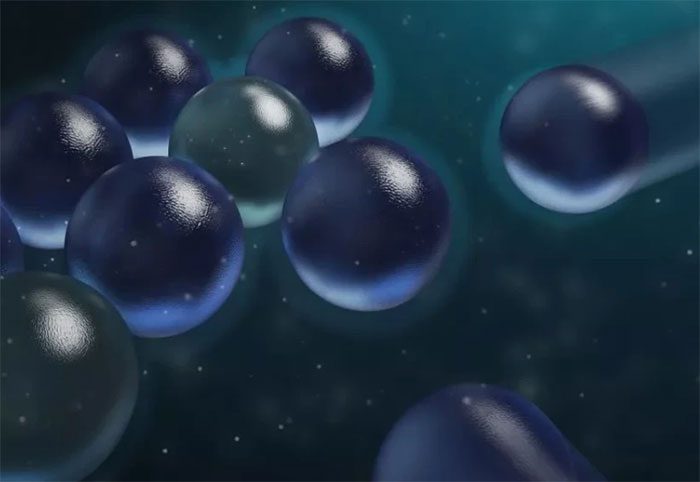“Opposite charges attract; like charges repel” is a fundamental principle of physics, but a new study at the University of Oxford shows otherwise.
Researchers from the Department of Chemistry at the University of Oxford (UK) have discovered that particles with like charges in a solution can attract each other from a distance, depending on the solvent used and the sign of the charge. This research has been published in the journal Nature Nanotechnology, according to Newsweek.
The researchers monitored negatively charged silica microparticles suspended in a solution and found that these particles actually attract one another, forming clusters arranged in a hexagonal pattern as they draw closer.
While negatively charged particles in the solution attract each other, positively charged particles do not. The scientists believe this phenomenon is due to an attractive force present in water that surpasses the usual electrostatic force, allowing these clusters to form. However, this attractive force does not affect positively charged particles in water.

The scientists discovered that negatively charged silica microparticles in solution can actually attract each other. (Screenshot from Newsweek).
The researchers also found that they could control the formation of negatively charged particle clusters by altering the pH. However, regardless of the pH level, positively charged particles still do not attract each other.
During the research process, the team wondered whether the effect on positively charged particles could change when the solvent was altered. When they changed the solution to alcohol instead of water, they observed that positively charged silica particles formed clusters similar to those of negatively charged particles, while negatively charged particles did not.
Professor Madhavi Krishnan from the University of Oxford, who led the research, stated: “I am truly proud of my two graduate students as well as the undergraduate students who worked together to advance this fundamental discovery.”
The researchers believe their study will change the way scientists think about processes such as how drugs and chemicals stabilize or how certain diseases progress. They also explored methods for measuring the properties of charges created by solvents, something that was previously thought to be unachievable.


















































